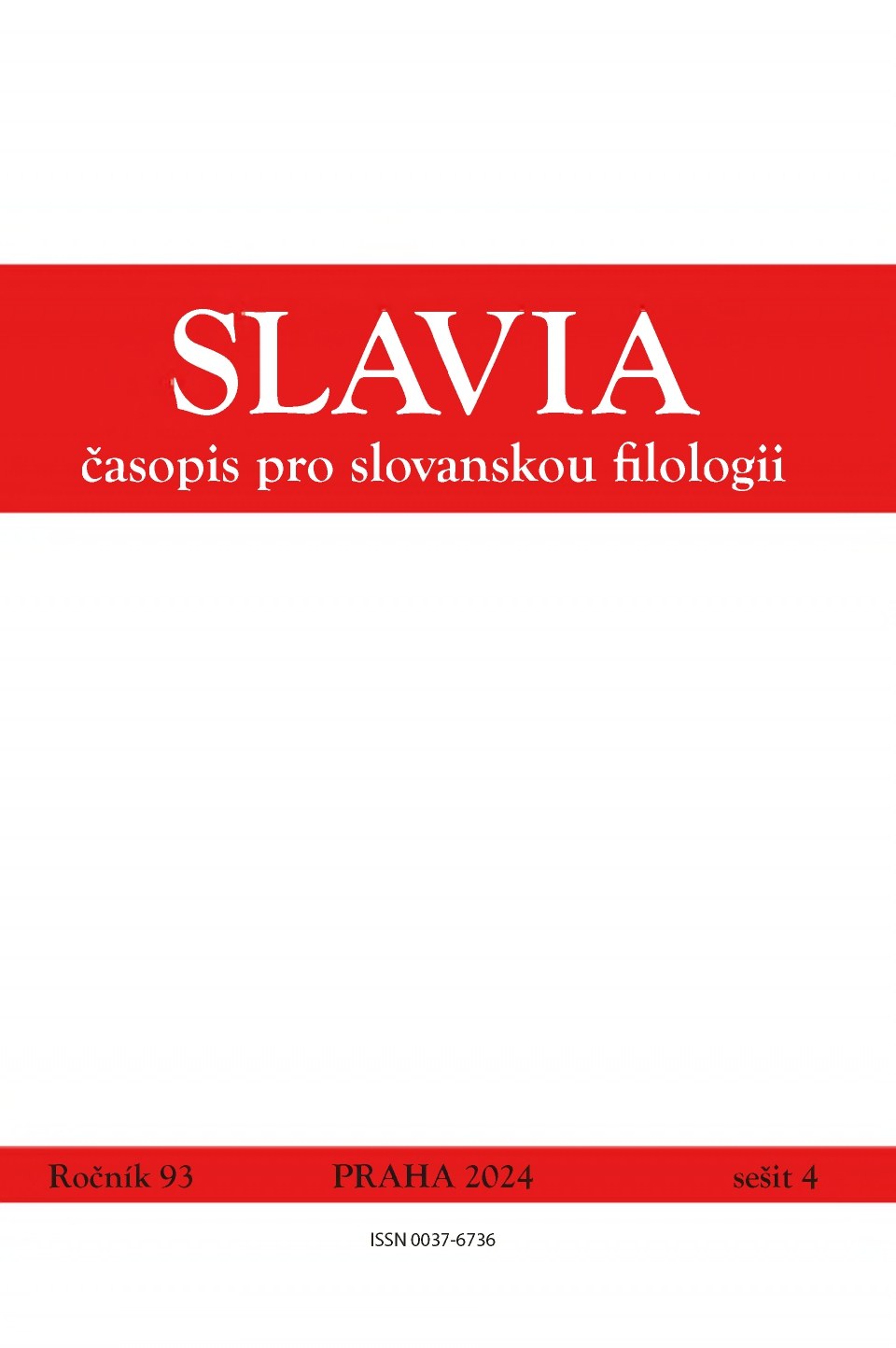Slovanské regionální idiomy střední Evropy a sčítání lidu
Slavic Regional Idioms of Central Europe and the Census
Author(s): Vladislav KnollSubject(s): Sociolinguistics, Social differentiation, Policy, planning, forecast and speculation, Nationalism Studies, Migration Studies, Ethnic Minorities Studies
Published by: AV ČR - Akademie věd České republiky - Slovanský ústav and Euroslavica
Keywords: regional languages; Census 2021; Silesian; Kashubian; Moravian; Rusyn;
Summary/Abstract: In the text, the manifestation of regional linguistic identity in the results of the 2021 Census, which was carried out in most European countries, is examined. We focus on the Slavic idioms of Central Europe, in particular Silesian, Kashubian, Rusyn, Moravian and, to a lesser extent, Podlachian. The detailed output of the census allows us to compare the ethnic and linguistic self-identification of the respondents on a precise geographical scale and to confront it with a very basic linguistic and standardological background. Not all languages included in the statistics are recognised and standardised, and some respondents declared themselves to be speakers of a specific local dialect. In the case of non-standardised idioms, we briefly discuss the linguistic or extralinguistic definability of the idiom. In comparison with the results of previous censuses, the interest in regional linguistic identity seems to be decreasing, which is most visible in the case of Moravian. We discuss the case of Silesian in more detail, giving a brief overview of the attempts of Silesian activists to have Silesian recognised as the second regional language in Poland (after Kashubian). In respect of Rusyn, we comment on the problem of the variability of the idioms labelled as Rusyn in the local statistics. We are aware that data from different national censuses are not fully comparable, as the question on language may be defined in different ways (“spoken language”, “mother tongue”, “language spoken at home”). Despite these problems, census statistics are usually the only official data to refer to when quantifying the number of speakers of a language. These data can also be decisive, as they can pave the way for official recognition or administrative use of a language. However, in some countries, the native languages of the autochthonous population were not included in the census, which makes obtaining updated or complete data on the use of regional idioms impossible.
Journal: Slavia - časopis pro slovanskou filologii
- Issue Year: XCIII/2024
- Issue No: 4
- Page Range: 469-480
- Page Count: 12
- Language: Czech

